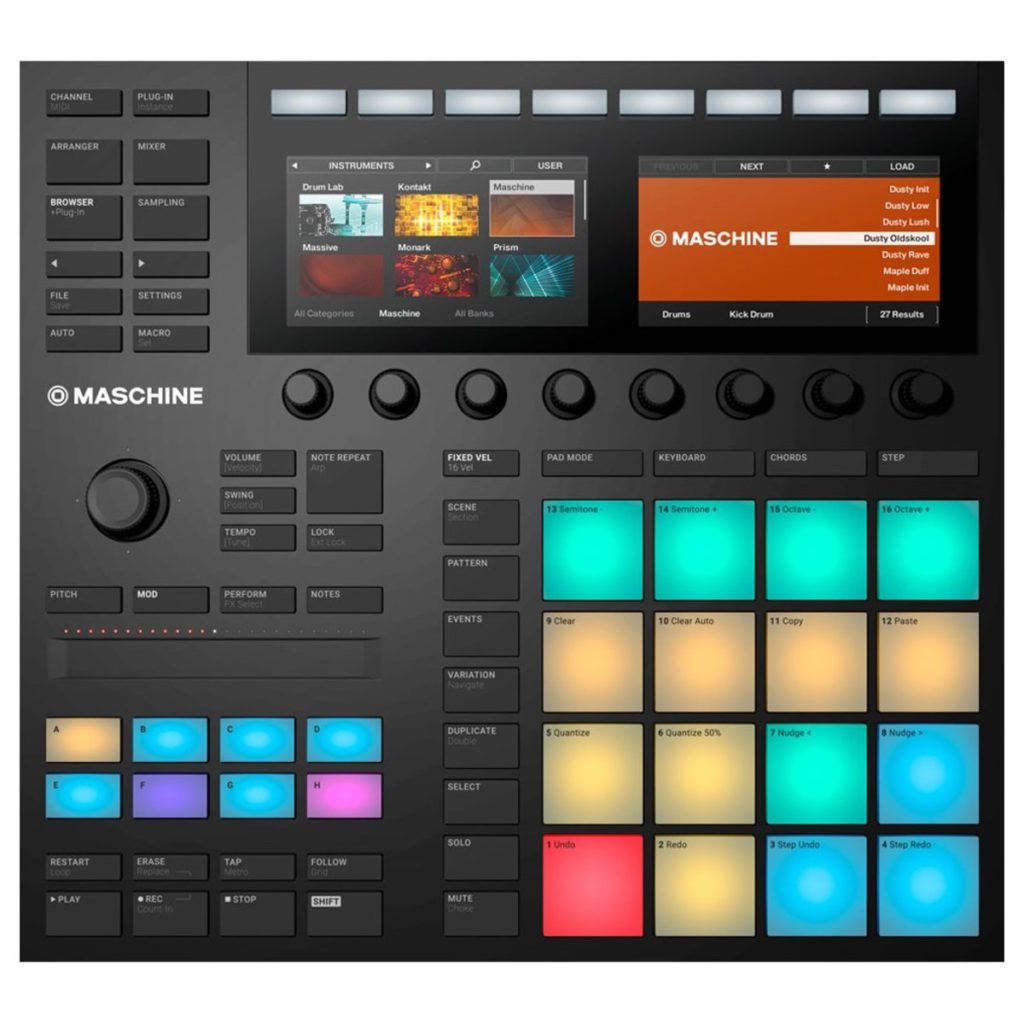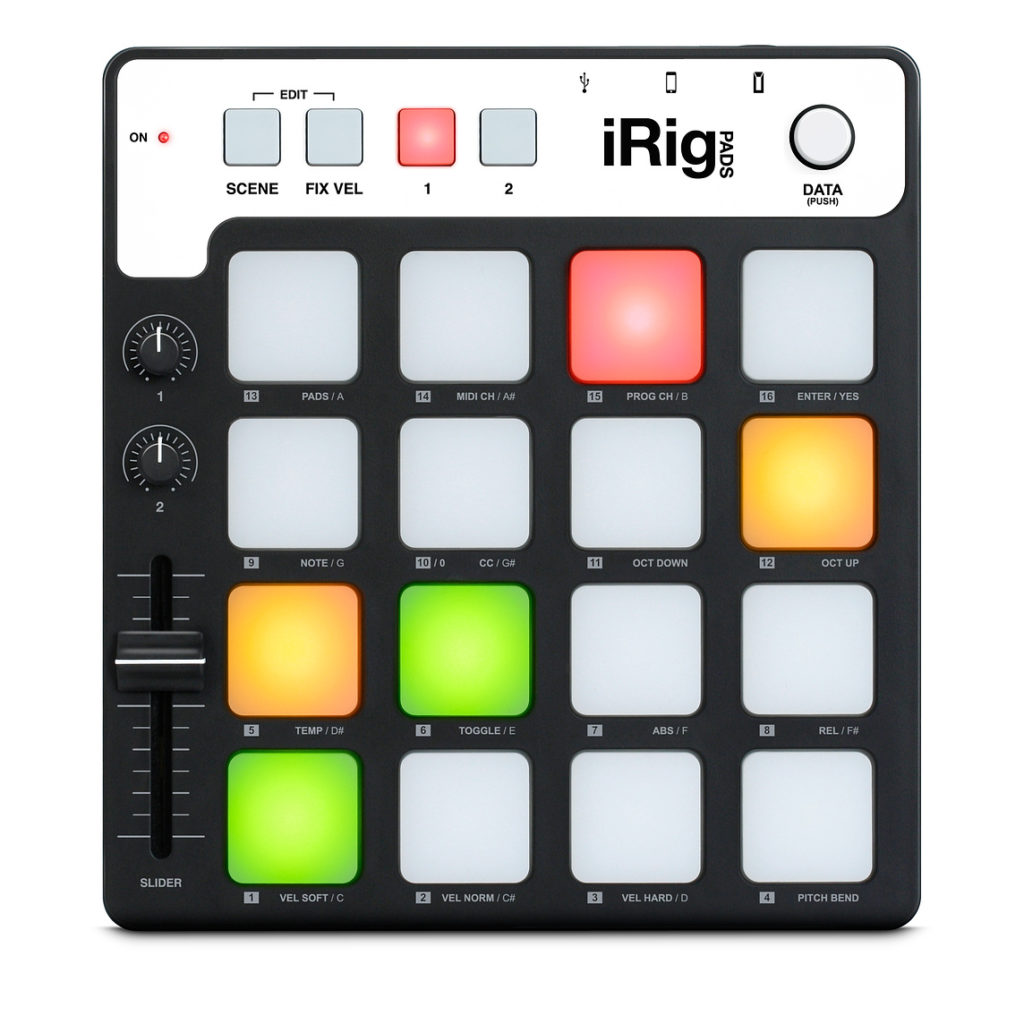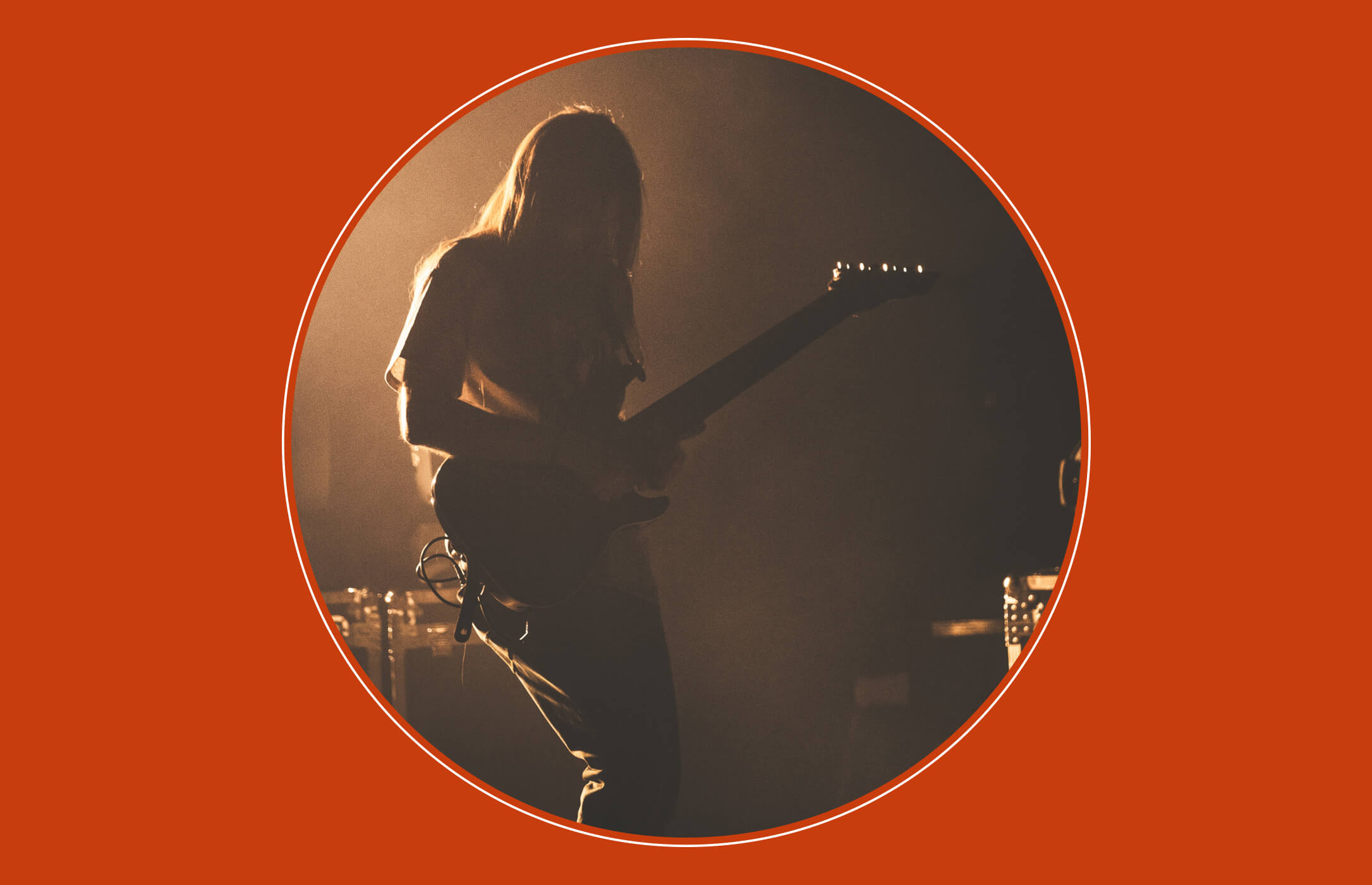2021’s 10 best MIDI pad controllers: the most advanced beat-making and sequencing hardware
MIDI Pad controllers are no longer at the bottom of the controller hierarchy, trailing behind the MIDI keyboard and even bespoke DAW controllers. We’ve rounded up the best MIDI pad controllers right here.
They’re an important part of many new producers’ arsenals, with some even putting one in the middle of their rig, replacing the keyboard. Others, like Native Instruments’ Maschine products, come with their own companion apps, while others, like Ableton’s Live-friendly Push 2, are programmed to monitor a particular DAW.
Buying the best MIDI pad controller for you
Today’s best pad controllers aren’t just for tapping out beats or activating clips and samples, they’re also instruments in their own right, allowing you to write and capture melodies, chords, and basslines. Some of them also have strong sequencers that can be used to control both the music app and other hardware.
All of this is obviously wonderful news, particularly if you struggle with playing the piano, but which one of the many MIDI pad controllers on the market today is right for you?
To help you decide, we’ve assembled a list of the best MIDI pad controllers available right now so you can see what’s possible, and which one is best for you. Let’s take a closer look at them, as well as remember what you’ll need to hold in mind when making your decision…
You may assume that all MIDI pad controllers are the same, however, there are some significant technical differences to note.
The first is whether or not you require velocity sensitivity, which refers to the ability of the controller’s pads to detect how hard you are pushing them. If you want to play expressive melodic pieces or percussion grooves, this is a must-have. If step-sequencing and clip-launching are your top priorities, this is definitely a functionality you can do without.
Back-lighting and customisable color coding of the pads are two other things to remember. This could seem to be a cosmetic feature – something to make your controller look cool – but if you intend on using it live, the ability to color code controls may come in handy when you’re on stage with moody or erratic lighting.
Aside from the pads themselves, there are a slew of other features to remember when deciding on the right MIDI pad controllers, including displays, faders, rotaries, and more. The most successful way to do things when purchasing a MIDI controller is to figure out just what you want to do with it, and then understand how each unit can help you accomplish it.
The best MIDI pad controllers on the market right now
1. Native Instruments Maschine Mk3
The most precise controller-software configuration on the market
Maschine isn’t exactly a pad controller, it comes with its own companion app and functions as a standalone tool. The workflow is based on the classic MPC blueprint, and it allows you to compose, arrange, blend, and execute using pads.

The latest Mk3 model takes a few cues from Maschine Jam and updates the hardware in general, bringing Maschine Studio’s signature product – its fabulous displays – to the standard model. NI has included an audio interface in Maschine, which is a basic 2-in/4-out configuration capable of recording and playback at up to 24-bit/96kHz resolution.
Although using the Maschine controller necessitates the use of the Maschine app, there isn’t a tighter, more feature-rich hybrid solution on the market right now.
2. Arturia BeatStep Pro
The best MIDI pad controller for controlling analogue hardware
The BeatStep Pro comes in second place in our best MIDI pad controller round-up, with three individual step sequencers and a set of general-purpose MIDI controllers. Two of the sequencers are monophonic, with riffs, basslines, and other sounds in mind, while the third can handle up to 16 channels of percussion. There are 16 velocity-sensitive pads (with aftertouch) on each of the three, as well as 16 phase buttons and 16 rotary knobs.

Although hardware synths and samplers are perhaps the most apparent targets for BeatStep Pro’s sequencers, we had just as much fun manipulating standalone music applications on our laptop.
Of course, the same is true for DAW plugins, and we can imagine several studio producers using it to create live sequences that are then captured into their DAW for further editing. It can also send and receive MIDI clock, allowing it to function as a master or slave with almost any computer.
3. Ableton Push 2
Ableton Live’s best high-end controller
Ableton sells its own pad controller, Push 2, in addition to producing Live, the all-conquering output and success DAW. This 64-pad grid is used to play and record melodic MIDI clips and Drum Rack beats, either “live” or through a clever phase sequencing scheme.

Push 2 also allows you to browse for machines, presets & sounds, which can be loaded onto Live tracks and managed automatically using the eight rotary encoders, as well as simple mixing. In conclusion, Push 2 is the most powerful and wildly innovative Ableton Live controller on the market, and a worthwhile investment for those who use the app.
4. Novation Launchpad Pro Mk3
The best MIDI pad controller for combining Ableton Live and standalone hardware control with Ableton Live.
The Launchpad Pro Mk3 is the flagship of Novation’s distinctive “Launch” series of grid-based Ableton Live controllers, and it’s built around a grid of 64 velocity-sensitive pads. This can be used to activate Live’s Clips and Scenes, render drum beats, change mixer functions with ‘virtual’ faders, and play melodic lines with the controller’s Scale and Chord modes.

It doesn’t need to be as strong as Live’s own Push 2 because it’s more compact and less expensive. It also has a distinct benefit thanks to its standalone MIDI capabilities. Version 3 introduces a versatile standalone polyphonic sequencing mode for controlling hardware without the need for a monitor (although it can, of course, be used with plugins too).
Overall, the Pro is one of the best value MIDI pad controllers on the market. It’s also fantastic for live performance, and we can see it being a focal point for many musicians’ stage setups.
5. Pioneer DJ Toraiz Squid Sequencer
A standalone sequencer capable of handling all of your gear.
Squid (short for SeQUencer Inspirational Device) is a 16-track polyphonic phase sequencer with MIDI, CV, clock triggers, and DIN sync output. Its user interface is based on a grid of 16 backlit pads that can be used to play live or input sequencer moves.

Up to 64 patterns, each with a maximum of 64 moves, can be programmed into each of the 16 tracks. One of the Squid’s best features is the ability to set up each track independently to sequence the output channel and unit of your choosing.
In reality, there’s a lot to like about it in general, particularly if you’re the type of producer who prefers to work with a lot of different sound machines. It unlocks a world of bespoke sequencing possibilities, with new features like Groove Bend and speed modulation giving your phase sequencing movements a new twist.
6. ROLI Lightpad Block M
Best compact MPE controller
ROLI stepped into more accessible territories with its iOS-centric Blocks set after announcing its launch with the keyboard-style Seaboard controllers. The Lightpad Block M, a rectangular, rubber-topped control surface with MPE technology that can be played with a variety of articulated movements, is the centerpiece of this.

It’s a little different from the rest of the controllers on this list, but now that it’s compatible with more software, it’s a compelling choice.
7. Akai MPD 232
The best MPC-style controller for your money
Although the previous MPD32 seemed to be functional, the MPD232 seems to be more appealing. The bigger, flatter case is made of smooth black and red acrylic, with glossy black perspex covering the screen (used for assigning MIDI data/CCs to the 72 assignable controls). Unfortunately, this is the same fingerprint and scratch-inviting form found on Roland’s JD-XA synth and recent Advance controllers.

A respectable 32 stage x 64 track sequencer is included, which adds a welcomed new dimension to the MPD range (it can be MIDI-synchronized and used to manipulate digital instruments and/or external MIDI instruments).
8. IK Multimedia iRig Pads
The most cost-effective iOS controller
The iRig Pads is an MPC-style pad controller targeted at iPad/iPhone/iPod touch musicians, but it’s also Mac, PC, and Android compatible. It has 16 two-color backlit pads (red and green, but also orange), two knobs, a fader, two keys, and a push-button rotary encoder, all of which can be allocated to output a variety of MIDI data.

The iRig Pad has a decent amount of playability, is quick to configure, and blends in well with the rest of the iRig family. It’s definitely one for iOS musicians to keep in mind.



